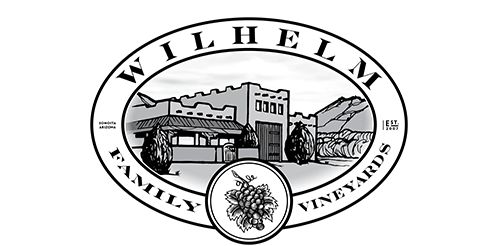Picking the right location is a critical step in a successful and fruitful operation. We felt as if we accomplished adequate research when we were deciding on our location. With that be said, remember that achieving everything might be difficult. Be prepared for give and take as you move forward. Here are a few things that we feel are important and others that we should have made more important.
Finding a large river or lake to moderate your temperatures in your vineyard might be a substantial challenge in Arizona. Instead, topography will be your primary means of assisting natural airflow, sun exposure and prevailing winds moving through your vine rows. You might consider using GIS technologies to assess factors in determining your vineyards micro-climate. There are some rules-of-thumb (ROT) that can be used to help pre-select good vineyard locations – in no particular order.
ROT #1: Try to locate property that slopes gently to the south or southwest avoiding hills and valleys. These valleys usual collect cold air and water resulting in uneven irrigation, spring budding and harvest season ripening. In other words, valleys are colder and therefore delay vine growth patterns, valleys also collect water in driplines which continues to ‘irrigate’ even after the block has been turned off and lastly, fruit in these areas tend to become more diluted during harvest because of over-watering.
ROT #2: Keep the lowest elevation of your vineyard 50 feet above the lowest cold-air draining ravines or river beds. I came across this statement in an agriculture document on a university website. I dismissed it, but after several years of seeing cold-air damage and frost issues in our vineyard, I assessed that the number was a pretty good rule-of-thumb.
ROT #3: Don’t over-size or under-size your vine blocks. Many irrigation tasks rely on applications of ounces or gallons per acre during an irrigation cycle or cycles. In other words, if your volume of water can support 1000 vines per block, it’s advised that you keep your block structured with 1000 vines (but not necessarily the same varietal). By doing so, you will be successful in applying a consistent nutrient (or just water) over a given time or application. To illustrate, your injector pump is pushing a solution of nutrients at 3 ounces per minute into the flow of water. If your blocks vary in size, a larger block will receive lower desired rates and a smaller block will receive high than desired rates over the same time period. This can be compensated for with complicated equipment and expensive sensors. In my opinion, keep it simple. Have an irrigation specialist explain this if you need for clarification.

